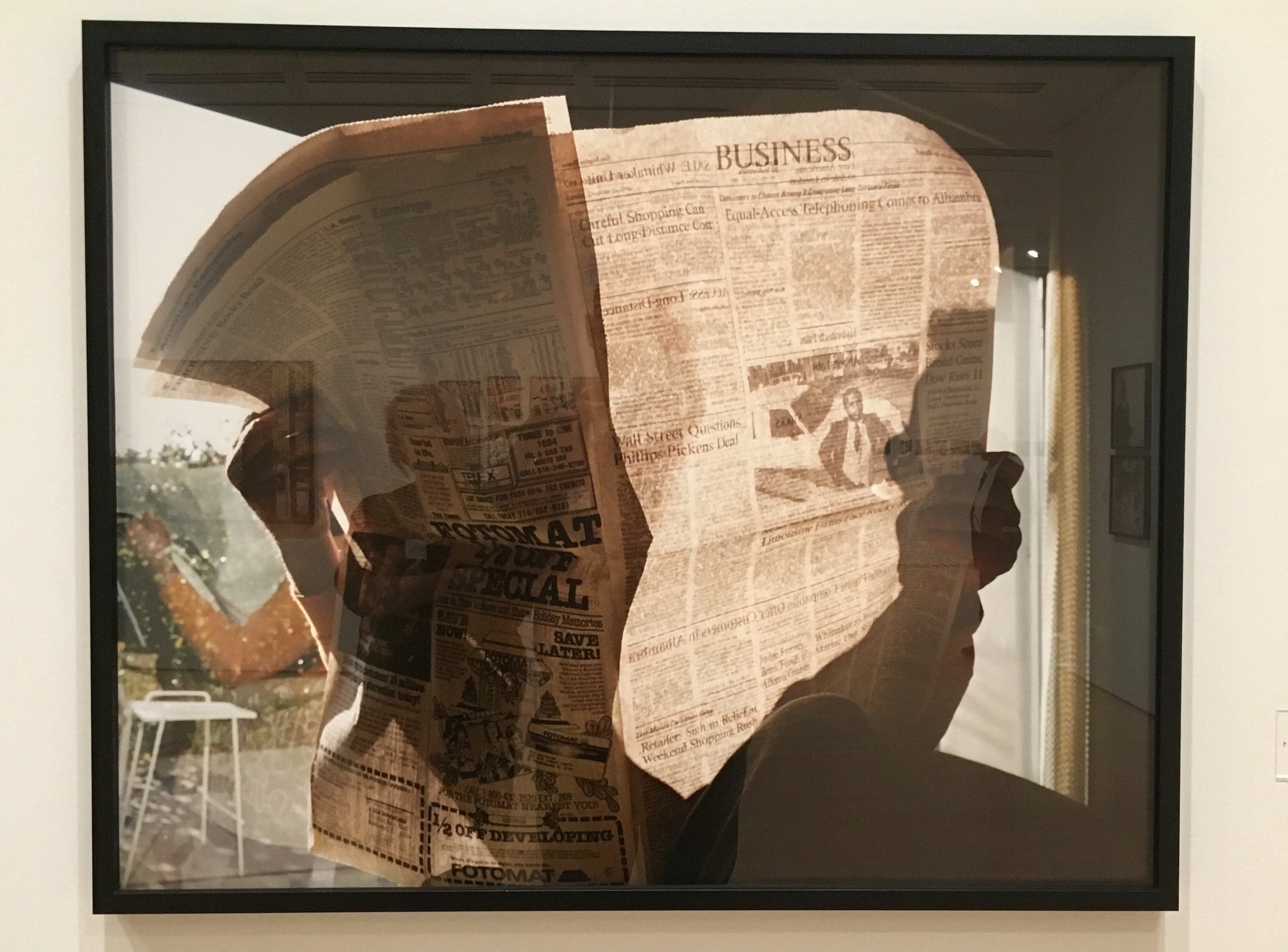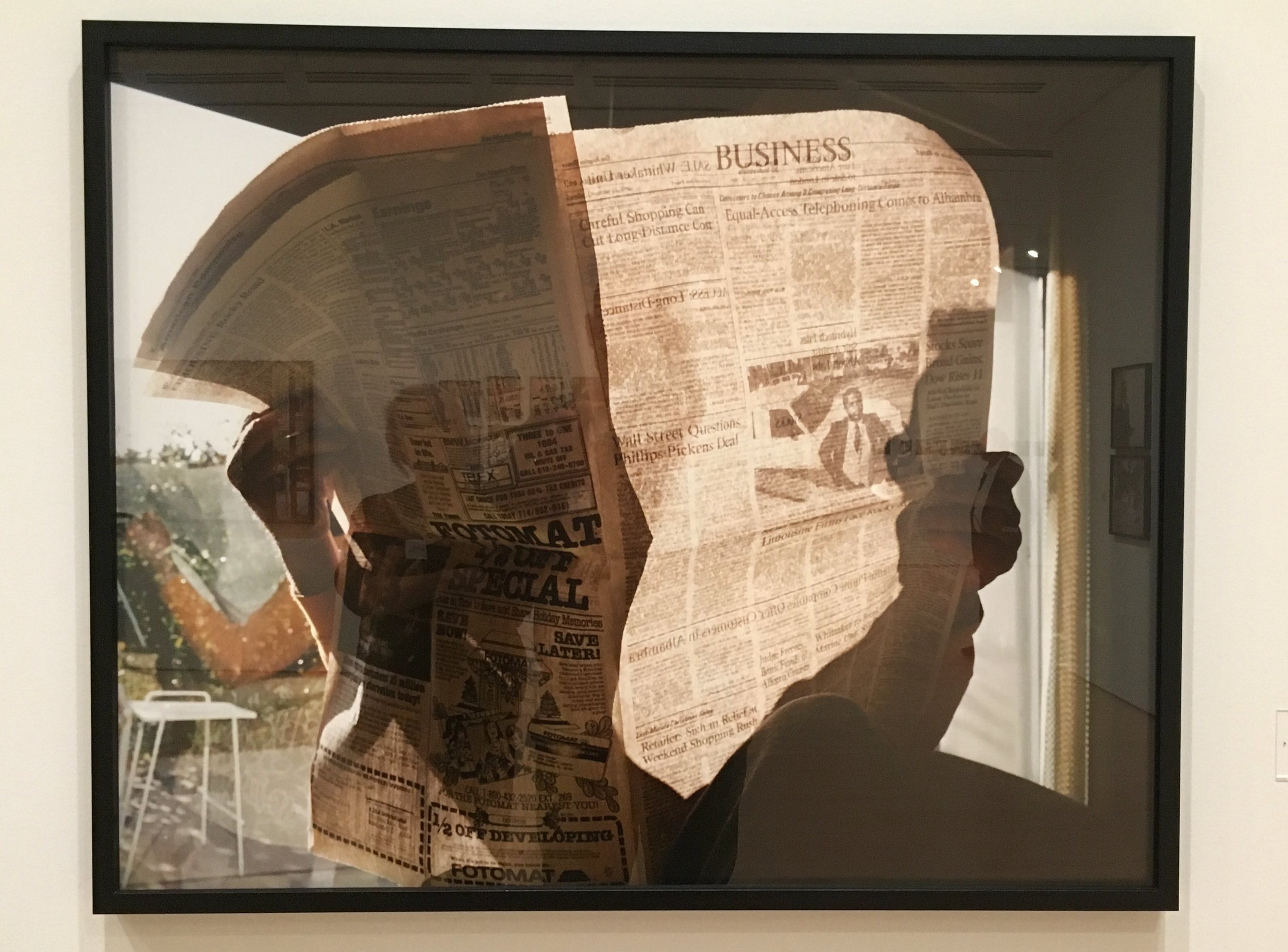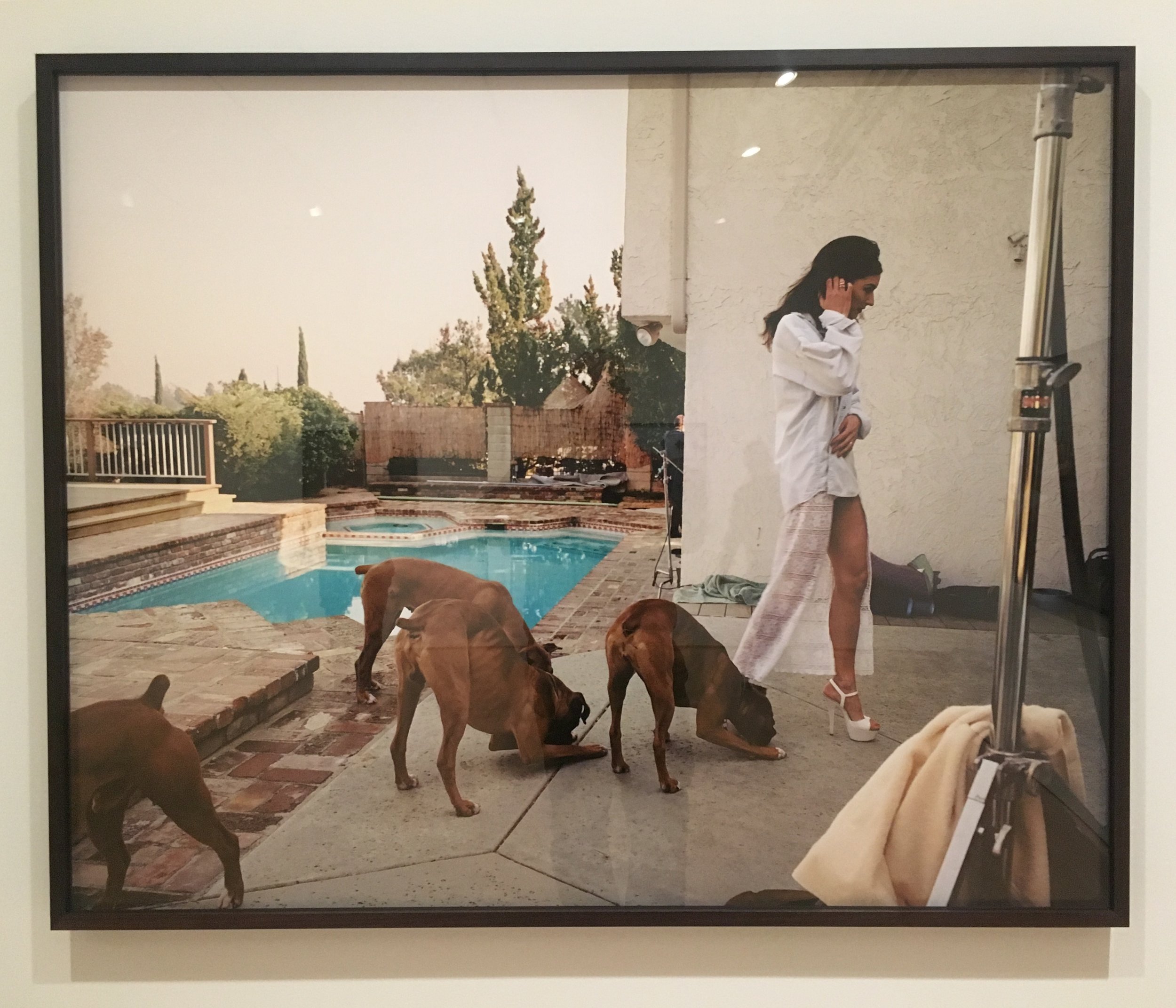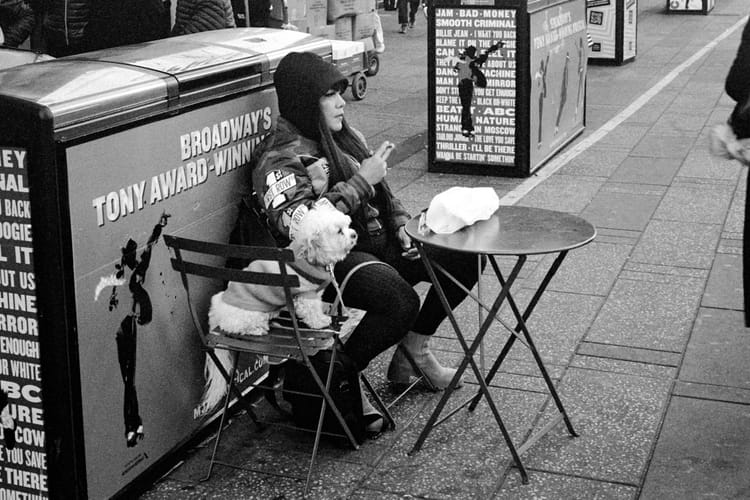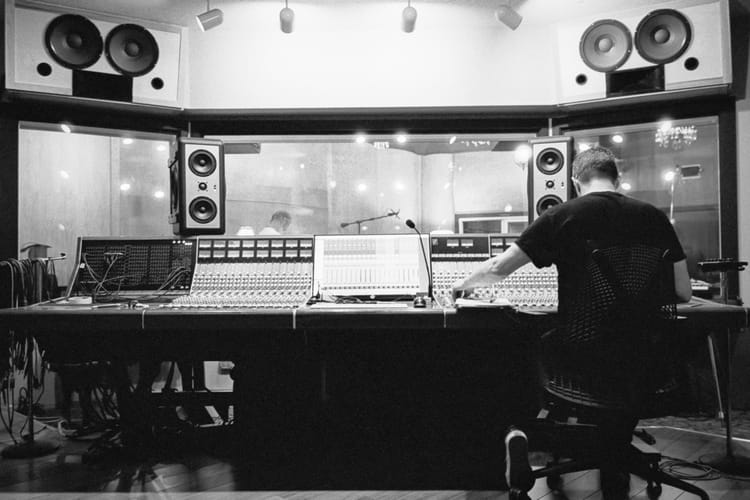Thoughts on Saraceno & Sultan at the SF MoMA
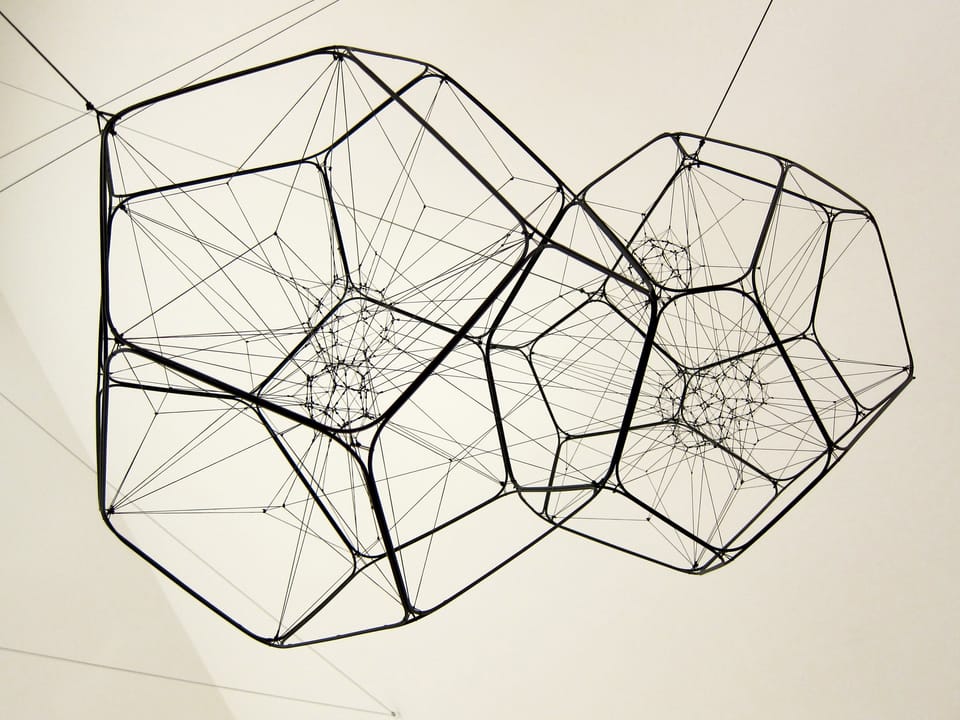
One of my favorite perks of working in the City is the SF MoMA. I have a membership (totally worth the cost if you go with a guest just twice in a year), and enjoy the benefits of it as often as I can. Just strolling the collection early on a weekend morning before the crowds swell, or a Thursday evening is pretty great. Which is exactly what I did this past Thursday — grabbed some dinner nearby after work, then hit the MoMA with no plan, just wandered, and ended up seeing two really good exhibits.
Tomás Saraceno's Stillness in Motion — Cloud Cities is an installation of geometrical shapes constructed of wire frames, and in some cases mirrors and even helium balloons, suspended by tethers attached to the floor, walls and ceiling of the gallery space. The pieces themselves are architectural in nature, and represent, according to the museum's statement, "[Saraceno's] visionary proposals for airborne cities build upon the artistic and architectural experimentation, forward-thinking radicalism, and progressive social change of the 1960s and 70s."
The overall effect of taking in the scene can be a little disorienting, because the installation pieces aren't constrained to the walls like traditional museum works of art, they're floating. The webs created by the tether lines that suspend most of the pieces contribute to the ethereal perspective of the experience.
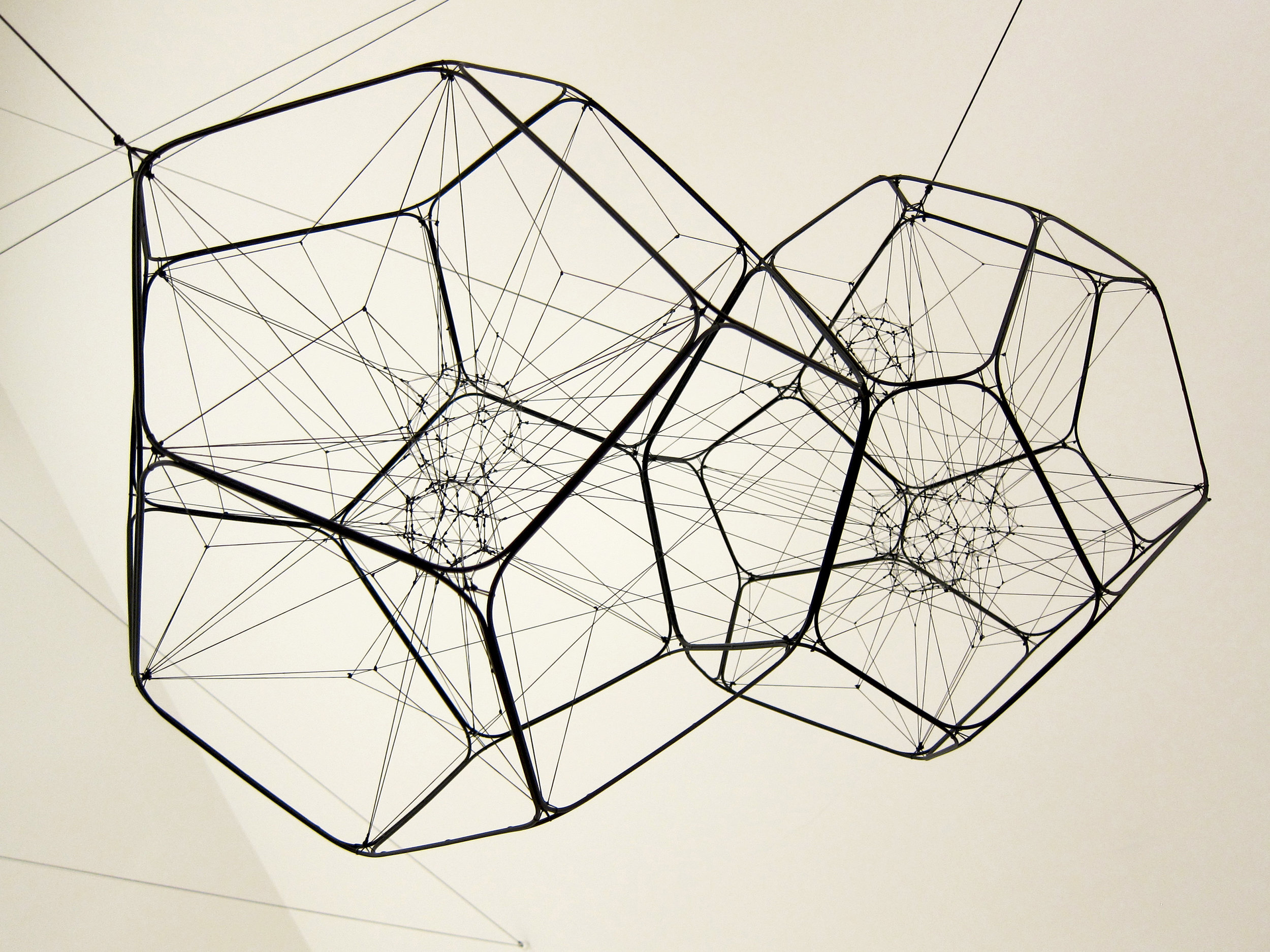
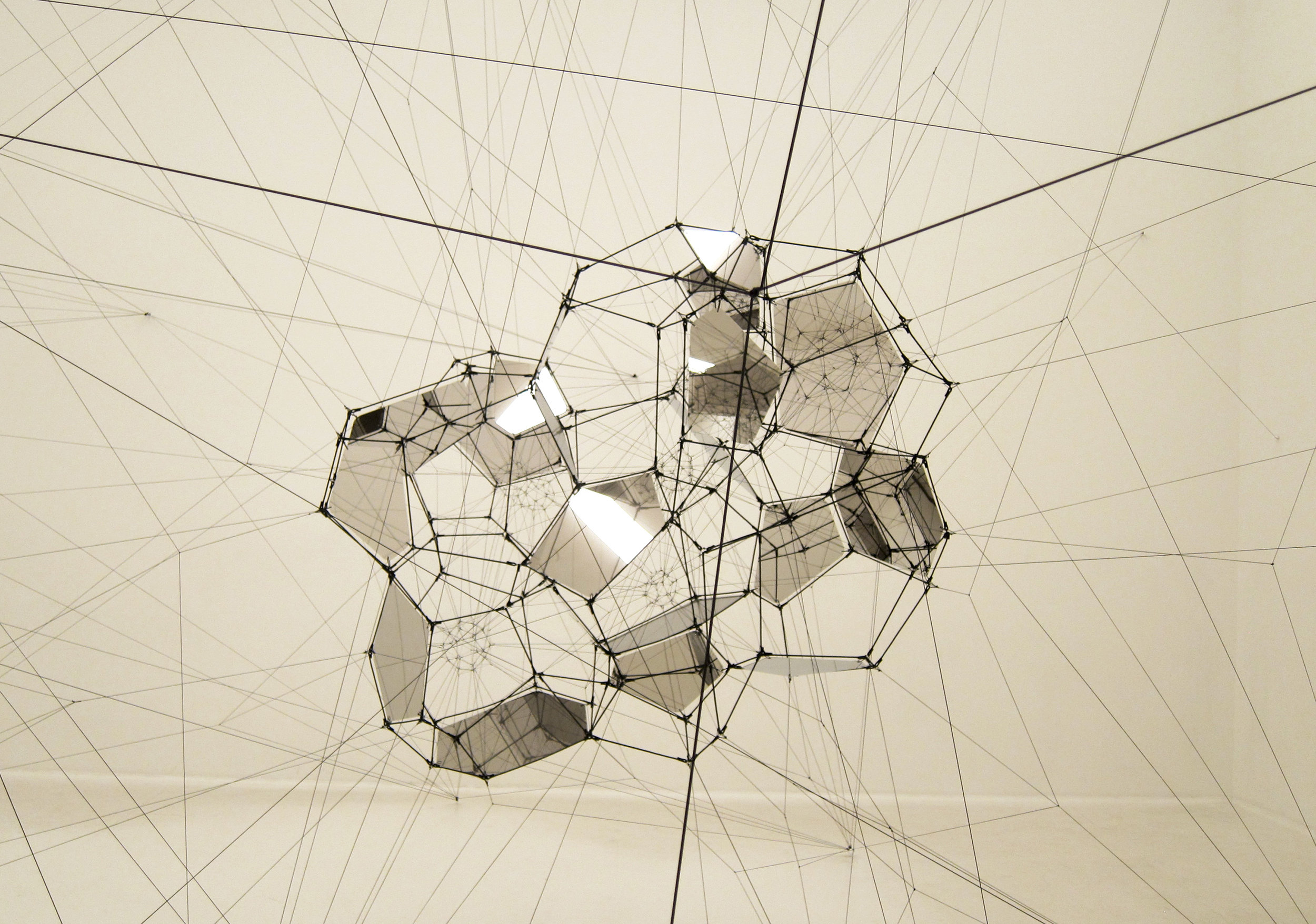
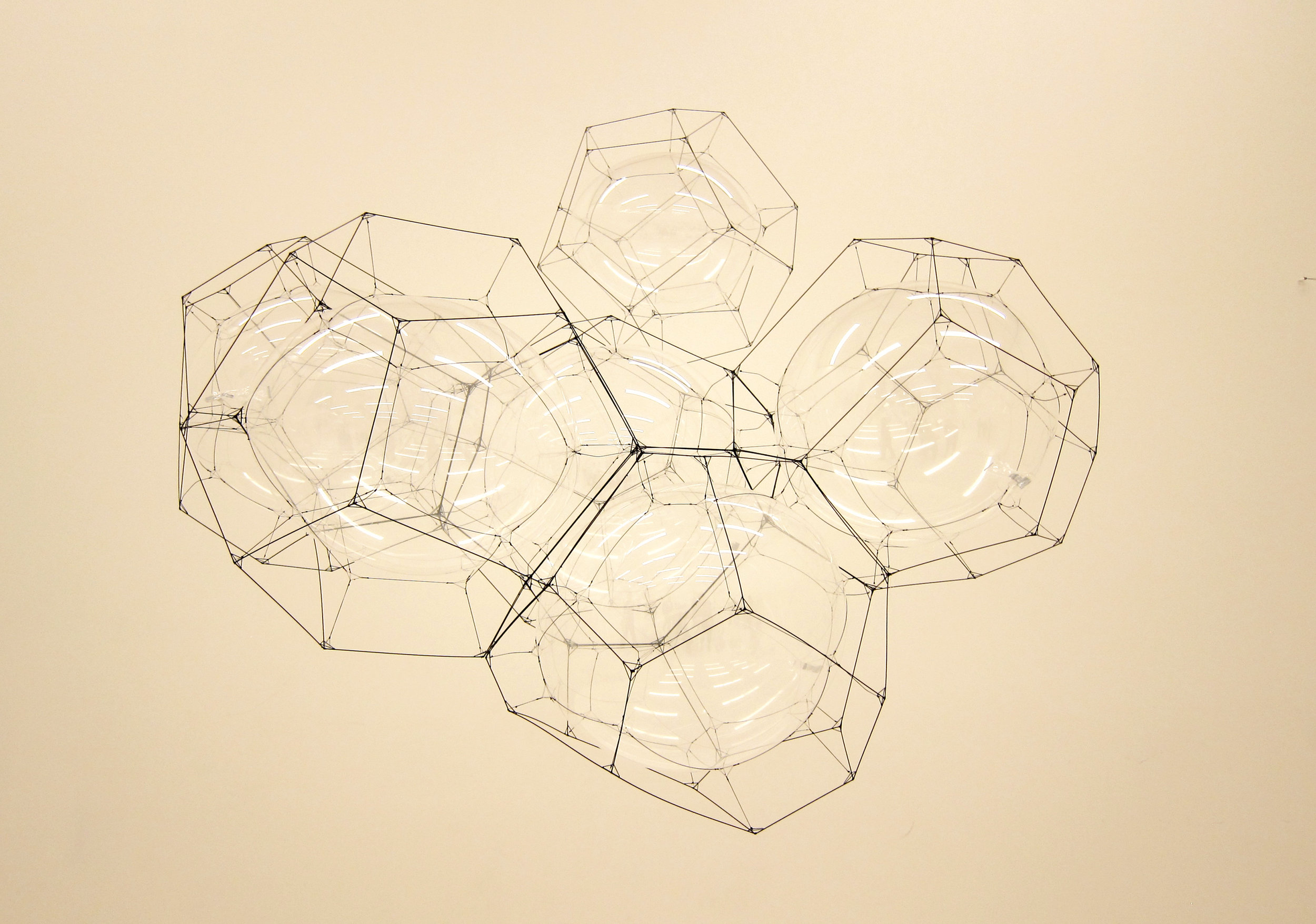
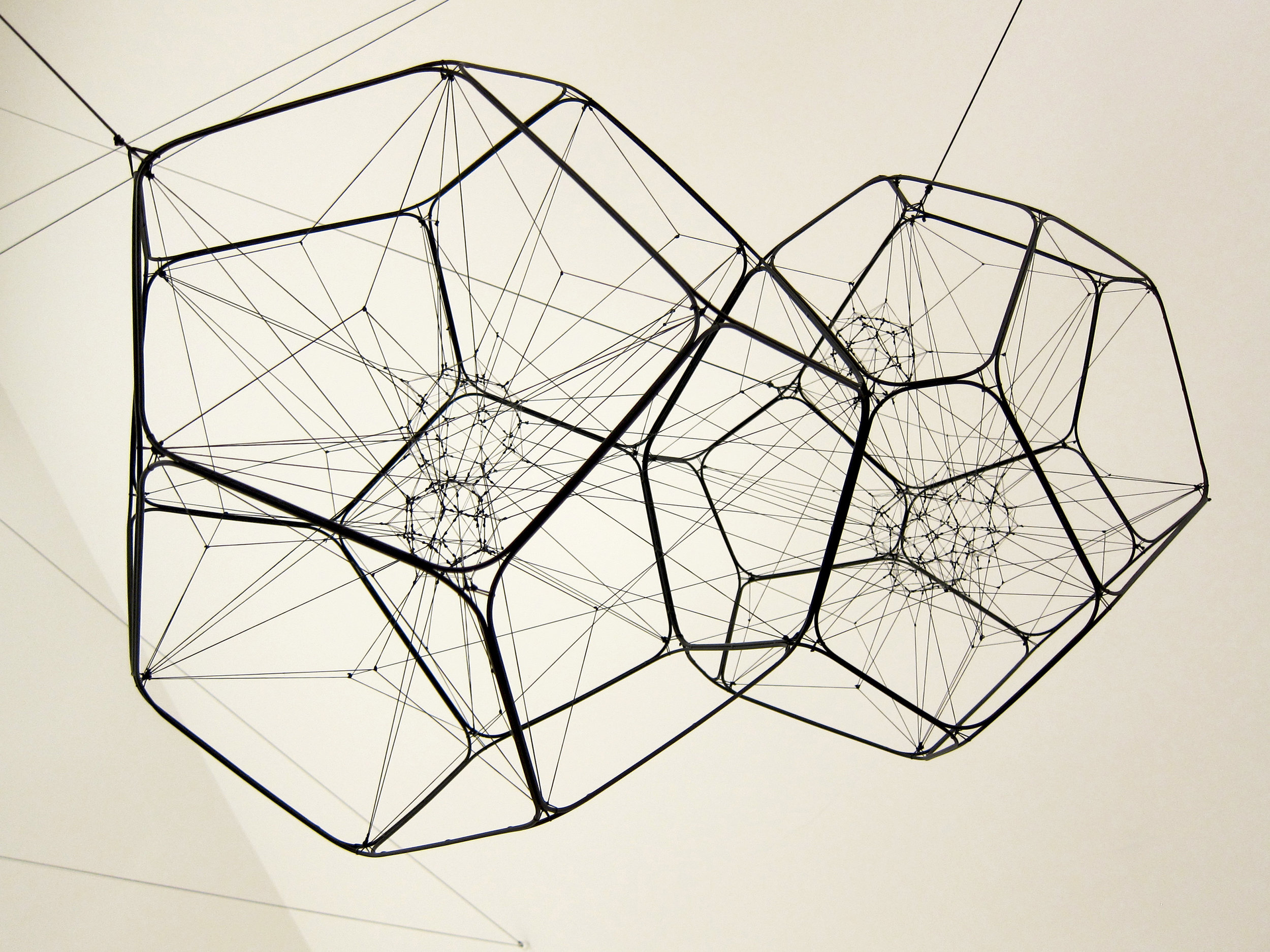
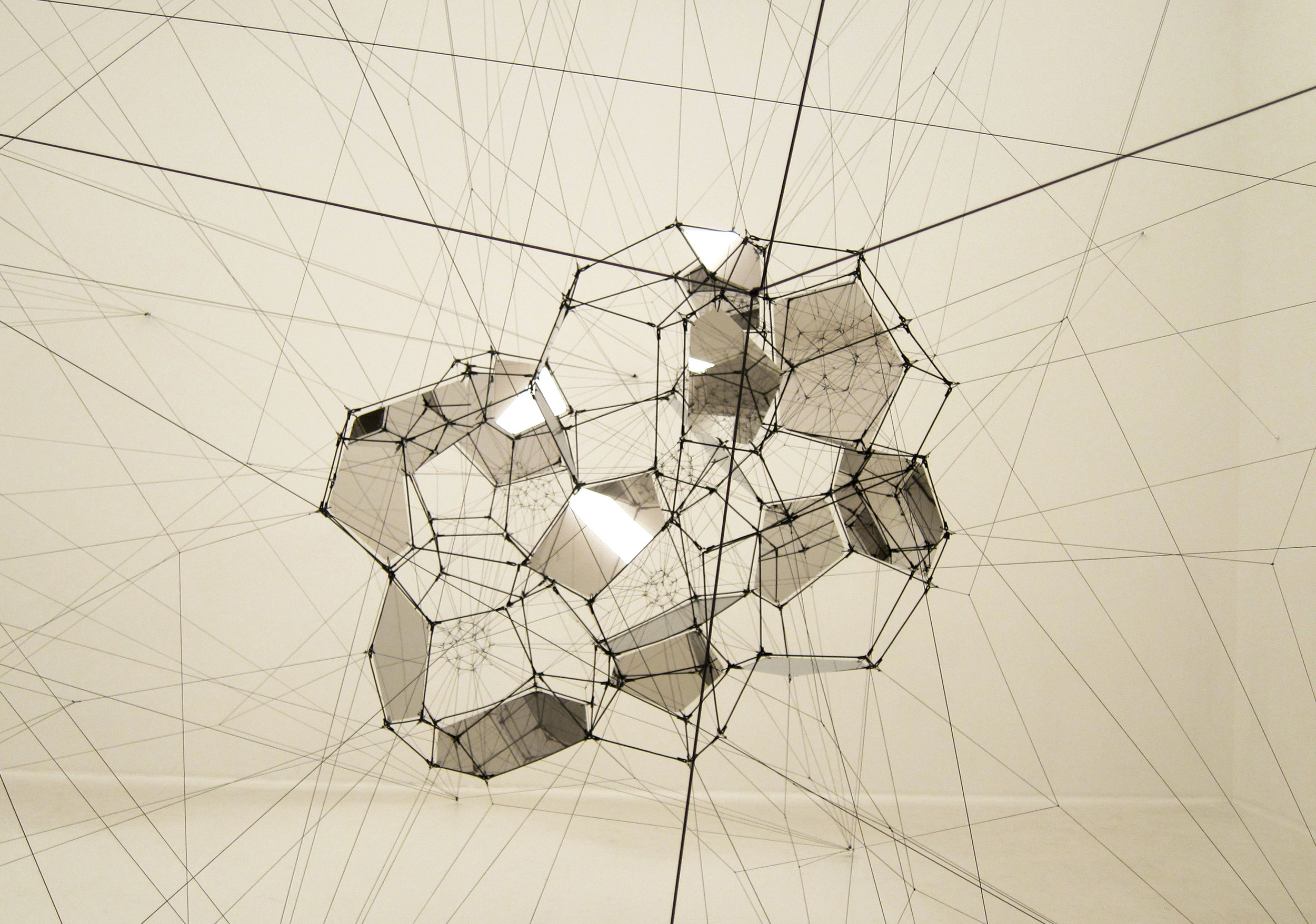
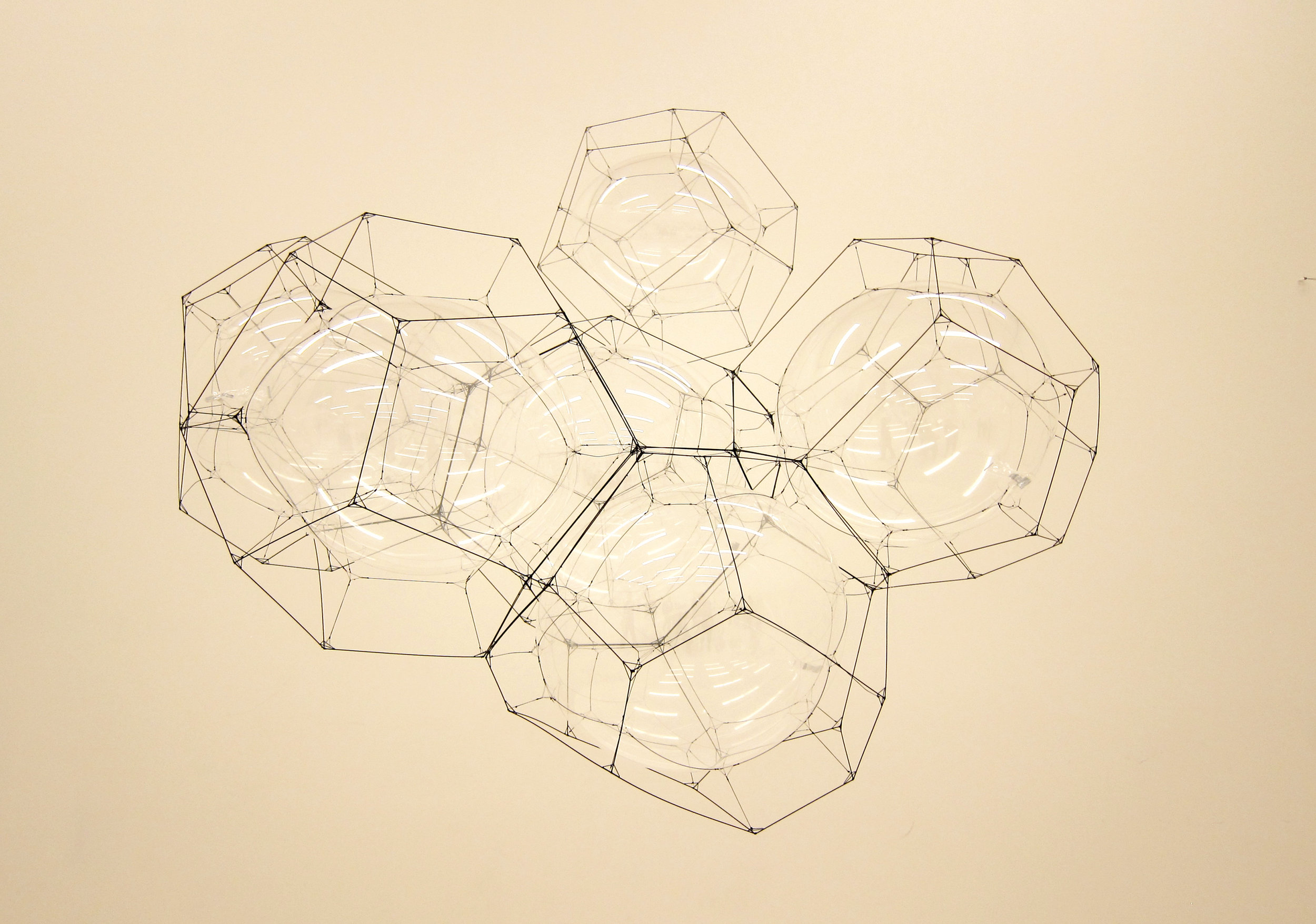
I checked the the MoMA site that afternoon and saw that the new Larry Sultan photography exhibit, Here and Home, wasn't scheduled to open until 4/15 (Thursday was the 13th), but I was happy to find it open early as I wandered the museum after seeing the Saraceno show. Sultan's photography has always been a bit paradoxical to me — I find it equally kind of off putting, at the same time also very compelling and fascinating. There's a raw nerve element to his work, a naked realism that often feels uncomfortable but is beautifully devoid of pomp or pretense.
This show contains a couple hundred photos from throughout his career (Sultan died in 2009), including his famous The Valley series — photos of homes in the San Fernando Valley that were used as sets for porno films — as well as his Pictures from Home series, which features Sultan's parents and their Southern California home in the 1980s. The heaviness in much of Sultan's work is sheathed in the mundane, every day middle class trappings of suburban scenery, which belies the depth of artistic exploration that becomes apparent upon closer inspection.
I snapped a few iPhone shots as I hurried through the show (the museum closes at 9pm on Thursdays and it was about that time), but these photos — aside from not doing any justice to the originals — don't begin to scratch the surface of what this exhibit has to offer. I'll definitely be seeing it again before it closes in late July.
